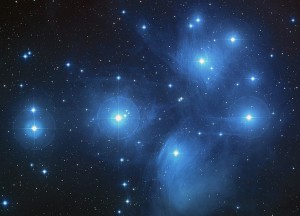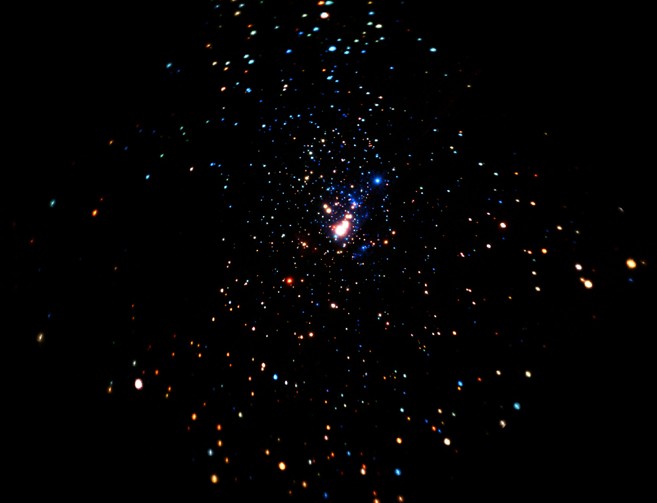Archive for January, 2014
1st Star Gaze Of The Year
After several months of pants weather in the evenings which stopped me from doing any stargazing, last night finally had a clear enough sky to have a good look again. The moon was ideally positioned as well which made the stars and planets on show very bright. I didn’t get the telescope out this time but used my binoculars instead to have a scan around the Sky.
The most noticeable object in the Sky was the planet Jupiter which was shining very brightly, so I had a good look at it and managed to pick out three of Jupiter’s moons. One was to the right of it and two more underneath it, and I could also just pick out the horizontal storms raging across the planet. As I was using binoculars, the image wasn’t very steady, so I was desperately trying to lean against the shed to steady myself!
Once I had had a good look at Jupiter, I had a look at the Pleiades (also known as ‘The Seven Sisters’) which are one of my favourite things to view in the night sky. They were shining brilliantly via the binoculars although quite dimmed out when looking with the naked eye. It still amazes me how well you can see these stars through a telescope or binoculars as it really brings them to life! The Pleiades are located in the constellation of Taurus and are one of the closest star clusters to Earth. Here is a great photo of them from the NASA website.
The final section of the sky that I had a good look at last night was the Orion Nebula which is situated in the sword of the constellation Orion. As the Nebula is in the middle of the three star sword, it is easily spotted in the sky. You can just make out a blurry area with the naked eye, but using the binoculars as I was, I had a great view of the Nebula. The Nebula is also known as M42 and is 24 light years across with the mass being almost 2000 times that of the Sun. It is also the closest star forming region to the Earth which adds to its significance. I find it amazing to look at this and imagine new stars and worlds being formed in a distant part of the galaxy. Here is a photo of the Orion Nebula from the NASA website.
Here’s hoping for more clear skies over the next few weeks!

